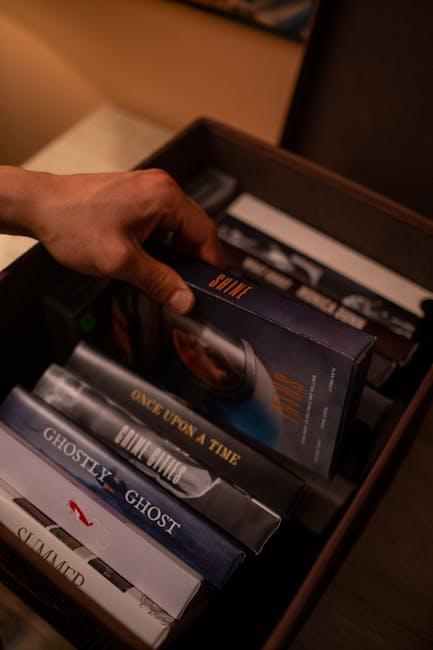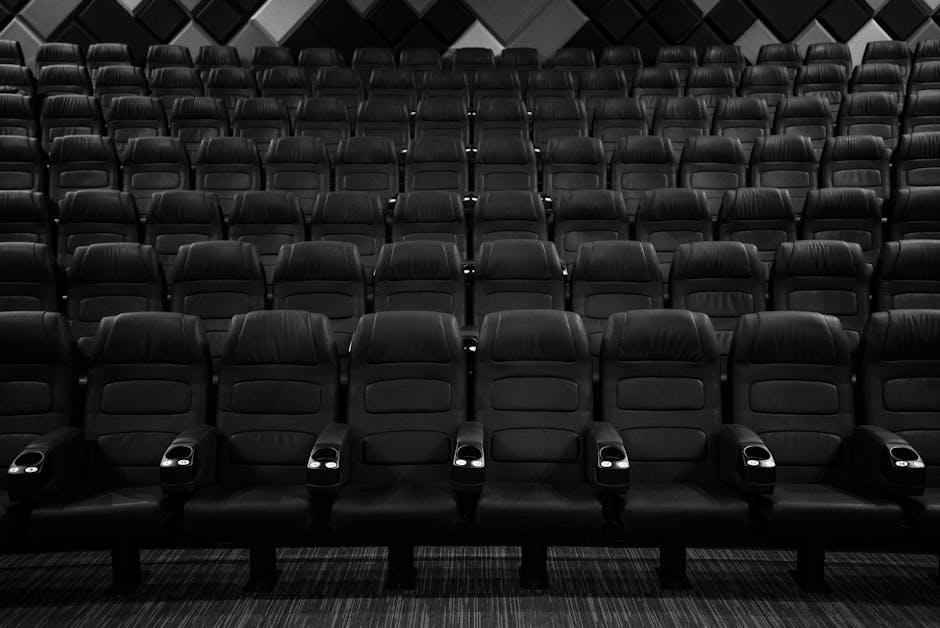Title: Unveiling Cinematic Legacy: A Depth Analysis of Classic Films and Their Influence on Modern Cinema
Introduction:
In the ever-evolving landscape of cinema, the roots of contemporary storytelling and visual artistry can often be traced back to the timeless masterpieces of classic films. These foundational works, characterized by their innovative techniques and compelling narratives, have not only shaped the trajectory of filmmaking but continue to cast a long shadow over the modern cinematic experience. Through a confident and analytical lens, this article delves into the enduring influence of classic films, exploring how their pioneering elements have been reimagined and integrated into today’s cinematic tapestry. By examining the intricate layers of these iconic films, we uncover the profound impact they have had on narrative structure, visual style, and thematic exploration, ultimately revealing the enduring dialogue between the past and present in the world of cinema.
Exploring Cinematic Techniques: Bridging Past and Present
Classic films have long been a wellspring of inspiration, their innovative techniques continuing to shape the visual language of contemporary cinema. Directors such as Alfred Hitchcock and Orson Welles pioneered methods that remain foundational in modern filmmaking. Hitchcock’s suspense-building techniques, like the use of montage and subjective camera angles, have been adapted by today’s auteurs to craft psychological depth and tension. Meanwhile, Welles’ groundbreaking use of deep focus in Citizen Kane allows for complex compositions that contemporary directors employ to add layers of meaning to their narratives.
Modern cinema doesn’t merely replicate these techniques; it reimagines them through the lens of technological advancement and evolving storytelling paradigms. Consider the influence of classic films in today’s blockbusters and indie films alike, where elements such as:
- Non-linear storytelling – Echoing the fragmented narratives of classic noir films.
- Chiaroscuro lighting – Inspired by the stark contrasts of German Expressionism.
- Long takes and tracking shots – Building on the pioneering work of directors like Max Ophüls.
These techniques are not just borrowed; they are transformed, pushing the boundaries of what cinema can achieve and forging a bridge between the storied past and the innovative present.

Iconic Storytelling: Lessons from the Masters
The art of storytelling in classic cinema has left an indelible mark on modern filmmaking, with legendary directors like Alfred Hitchcock, Akira Kurosawa, and Orson Welles setting benchmarks that continue to inspire today’s auteurs. Hitchcock’s suspenseful narrative techniques, such as the use of dramatic irony and meticulous attention to detail, have been emulated in countless thrillers, while Kurosawa’s epic storytelling and dynamic use of weather as a narrative device have influenced directors across genres. Welles’ innovative use of deep focus and non-linear storytelling in “Citizen Kane” remains a template for visual and narrative complexity in contemporary films.
Key lessons from these masters include:
- Character-Driven Narratives: Crafting stories that are deeply rooted in character development ensures emotional engagement.
- Visual Symbolism: Utilizing visual elements to convey deeper meanings enhances thematic richness.
- Innovative Techniques: Experimenting with camera angles, lighting, and sound to create unique cinematic experiences.
By examining these elements, modern filmmakers can build upon a rich legacy, blending timeless techniques with contemporary innovation to create films that resonate with audiences globally.
The Evolution of Film Narratives: A Timeless Influence
The tapestry of film narratives has undergone a profound transformation over the decades, with classic films laying the groundwork for the intricate storytelling we see today. These pioneering works have established enduring tropes and techniques that continue to shape modern cinema. Classic films introduced a variety of narrative structures, from the linear progression of events to more complex, non-linear storytelling. Directors like Alfred Hitchcock and Orson Welles were instrumental in experimenting with suspense and perspective, influencing the way stories are told visually and emotionally.
Modern filmmakers often draw inspiration from these timeless narratives, incorporating elements such as:
- Complex Character Development: Deeply layered characters that evolve throughout the story.
- Innovative Cinematography: Use of unique camera angles and lighting to enhance storytelling.
- Symbolic Imagery: Visual metaphors that add depth and meaning to the plot.
These elements, rooted in classic cinema, continue to resonate with audiences, proving that the influence of these early narratives is not only profound but also timeless. The synergy between past and present storytelling ensures that cinema remains a dynamic and ever-evolving art form.

Crafting Modern Masterpieces: Recommendations from Classic Inspirations
Classic films have long served as a wellspring of inspiration for contemporary filmmakers, offering a treasure trove of techniques and themes that continue to shape modern cinema. By examining the artistry of iconic directors like Alfred Hitchcock, Stanley Kubrick, and Federico Fellini, today’s creators can draw from a rich tapestry of visual storytelling and narrative depth. These legendary figures have imparted invaluable lessons on suspense, composition, and character development, which can be seen echoed in the works of directors such as Christopher Nolan and Quentin Tarantino.
- Alfred Hitchcock’s Mastery of Suspense: His use of tension-building techniques is evident in films like Rear Window and Psycho, influencing modern thrillers to prioritize psychological depth over mere shock value.
- Stanley Kubrick’s Visual Innovation: With groundbreaking works like 2001: A Space Odyssey, Kubrick’s meticulous attention to detail and pioneering use of special effects continue to inspire visual storytellers.
- Federico Fellini’s Dreamlike Narratives: Fellini’s ability to blend reality with fantasy in films such as 8½ provides a template for filmmakers exploring the boundaries of conventional storytelling.
By weaving these timeless elements into their own narratives, modern filmmakers not only pay homage to their predecessors but also push the boundaries of what cinema can achieve, crafting new masterpieces that resonate with audiences today.

